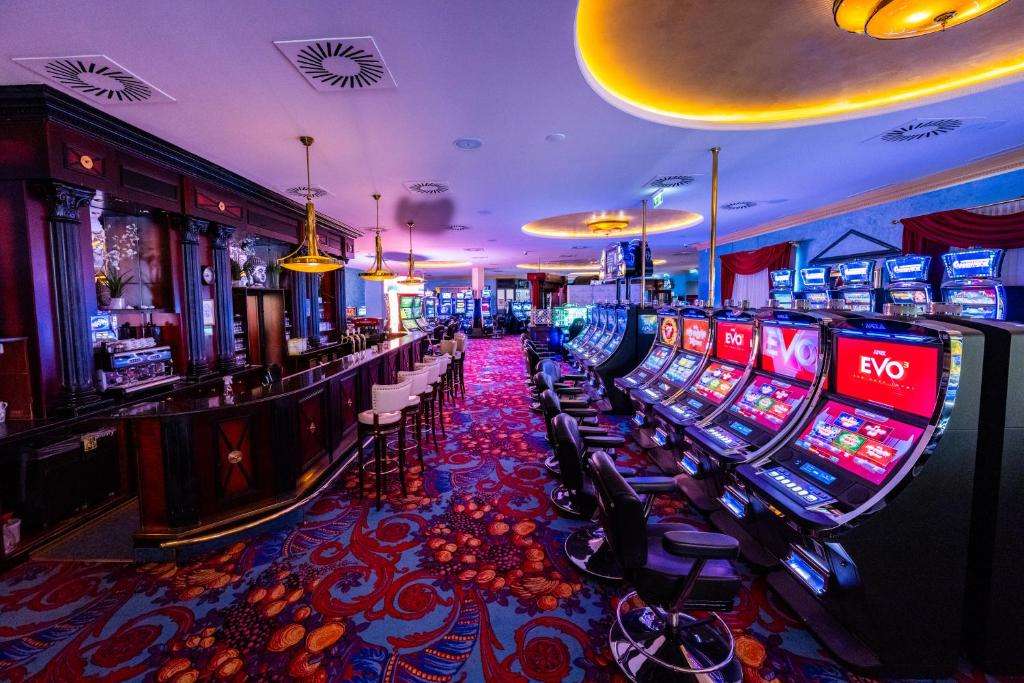Istanbul, the city where East seamlessly meets West, is a living testament to the grandeur of the Ottoman Empire. As the former capital of this mighty realm, Istanbul is adorned with opulent palaces and heritage sites that echo the splendor of a bygone era. In this article, we embark on a captivating journey through the heart of Ottoman opulence, exploring the palaces and historical treasures that grace the cityscape of Istanbul.
Topkapi Palace: A Royal Abode of Grandeur
Nestled on the Seraglio Point overlooking the Golden Horn, Topkapi Palace stands as a magnificent testament to the power and prestige of the Ottoman Empire. Constructed in the 15th century by Sultan Mehmed the Conqueror, the palace served as the residence of Ottoman sultans for nearly four centuries. The sprawling complex, encompassing lush gardens, courtyards, and opulent chambers, reflects a blend of Islamic, Persian, and European architectural influences. Visitors to Topkapi Palace can explore the Harem, the Imperial Council Chamber, and the Treasury, immersing themselves in the lavish lifestyle of Ottoman royalty.
Turkey Visa for Bahamas Citizens
Dolmabahce Palace: European Elegance on the Bosphorus
As the Ottoman Empire sought to modernize and embrace European influences, Sultan Abdulmecid I commissioned the construction of Dolmabahce Palace in the mid-19th century. Situated on the European side of the Bosphorus, this palace is a masterpiece of Ottoman Baroque architecture. Lavish crystal chandeliers, ornate ceilings, and sumptuously decorated rooms characterize the interiors, while the exterior boasts a stunning facade that reflects both Ottoman and European design elements. Dolmabahce Palace provides a glimpse into the opulent lifestyle of the later Ottoman rulers.
Yildiz Palace: A Tranquil Retreat Amidst Gardens
Yildiz Palace, set amidst expansive gardens on the hills overlooking the Bosphorus, served as a favored residence for Sultan Abdulhamid II. The palace complex includes several pavilions, kiosks, and the famous Yildiz Porcelain Factory. The serene atmosphere of Yildiz Palace, combined with its exquisite architecture, offers visitors a chance to escape the bustle of the city and step into a world of imperial tranquility.
Ciragan Palace Kempinski: A Palace Turned Luxury Hotel
Once an imperial Ottoman palace, Ciragan Palace Kempinski has been transformed into a luxury hotel that preserves the opulence of its historical past. Located along the shores of the Bosphorus, the palace boasts stunning views of the water and the city skyline. The hotel’s opulent suites, lush gardens, and the historical ambiance of the palace make it a unique destination for those seeking a taste of Ottoman luxury with modern comforts.
Suleymaniye Mosque: Ottoman Architectural Magnificence
While not a palace, the Suleymaniye Mosque stands as a masterpiece of Ottoman architecture and a testament to the grand vision of Sultan Suleiman the Magnificent. Completed in the 16th century, the mosque dominates the skyline of Istanbul with its iconic dome and four minarets. The interior of the mosque is adorned with intricate tilework, stained glass windows, and an air of spiritual serenity that invites visitors to appreciate the beauty of Ottoman Islamic artistry.
Turkey Visa for Barbados Citizens
Grand Bazaar: A Timeless Market Experience
While not a palace or a single heritage site, the Grand Bazaar in Istanbul is a living monument to Ottoman commercial history. Established in the 15th century, this sprawling market is one of the world’s oldest and largest covered markets. Wandering through its labyrinthine alleys, visitors can explore a plethora of shops offering traditional Turkish goods, from carpets and spices to ceramics and textiles. The Grand Bazaar is a vibrant showcase of the commercial and cultural legacy left behind by the Ottomans.
Conclusion
Istanbul, with its palaces and heritage sites, is a living canvas that reflects the grandeur and legacy of the Ottoman Empire. Each palace, mosque, and market bears witness to the opulence, architectural brilliance, and cultural richness that define this period of history. As visitors stroll through the corridors of Topkapi Palace, gaze upon the Bosphorus from Dolmabahce, or explore the bustling aisles of the Grand Bazaar, they are transported back in time to an era when Istanbul was the heart of an empire that left an indelible mark on the world. Ottoman opulence lives on in the majestic structures and vibrant markets of Istanbul, inviting all who visit to witness the splendor of a bygone era.
Read more: The Lycian Way: Hiking through Ancient Ruins in Southwest Turkey






